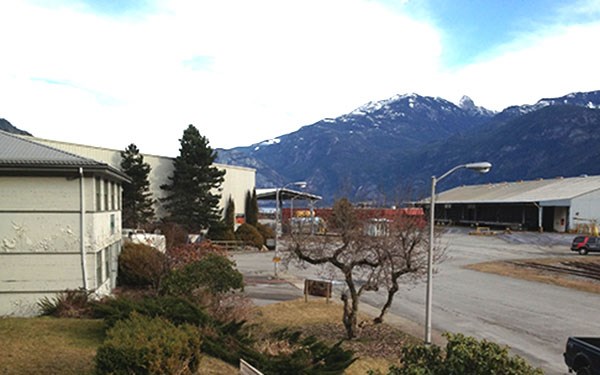This response is to Mr. Homers’ letter of July 23, requesting my thoughts on the plant facility and transportation of LNG through the marine corridor.
Woodfibre LNG (WLNG) have proposed floating LNG storage vessels within a monitored marine safety zone. One should note the Canadian LNG standard: Canadian Standards Association CSAZ276 - LNG Production, Storage, and Handling. CSAZ276 emulates the USA National Fire Protection Association (NFPA) Code 59A and has historically incorporated their revisions (ie: NFPA59A-13) perhaps because of the broader industry experience in the USA.
The B.C. Oil and Gas Commission (BCOGC) is an active participant with CSA and a member on the CSAZ276 Technical Committee. Technical considerations include membrane storage tank technology, quantitative risk assessment, LNG facility siting, radiant heat limits, security standard CSAZ246.1-13, third party verification processes, small facility requirements, and marine structures. The next full release of CSAZ276 with revisions is expected late 2014. Overlapping is the separate and distinct BCOGC LNG facility regulation and BCOGC facility permit application and operations manual released July 2014. If LNG industry regulations are of concern, have a read of these documents and then lobby the regulators, CSA and BCOGC.
WLNG and their chartered marine fleet of LNG carriers will likely voluntarily participate in the conclusions of the Canadian government’s shipping and navigational risk assessment review: Technical Review Process of Marine Terminal Systems and Transshipment Sites (TERMPOL). The project and marine route will be further scrutinized by Transport Canada Marine Safety through the TERMPOL process to determine the best safety practices in Howe Sound, Haro Strait and Georgia Strait. The team of Transport Canada Marine Safety through the Canada Shipping Act 2001 will co-operate with Fisheries and Oceans Canada, responsible for regulating the Navigable Waters Protection Act, and will work together in any application of the TERMPOL process. If other government agencies are required in the process (ie: Environment Canada) their representatives will be recruited
for input.
Additionally, WLNG’s Alex Brigden, Project Director, on Sept. 17 (via a telephone town hall) proposed seeking corporate membership within the Society of International Gas Tanker and Terminal Operators Ltd. (SIGTTOL). SIGTTOL addresses safety issues for LNG terminals and tankers globally and uphold the near perfect record of the members.
Up to 40 LNG carriers per year will visit the WLNG terminal. At least three tugs will escort these ships within Howe Sound, while highly trained and experienced B.C. coast pilots will guide the vessels from the pilot boarding station in Victoria to WLNG and again outbound. In addition to simulation training, they have piloted large luxury cruise liners through Howe Sound.
Opponents to WLNG forget the four active commercial marine terminals that currently operate without incident in Howe Sound (Horseshoe Bay, Langdale, Howe Sound Pulp, and Squamish Terminals). Squamish Terminals’ (ST) senior management indicated (June 18) that 100 ships visit and load annually with the average ship size being 203 meters in length, or approximately 70 per cent the length of an LNG carrier. How often is there pleasure boat conflict with current shipping inbound or outbound from ST? When was the last time that anyone witnessed a large commercial marine transport plying Howe Sound and acknowledged our heritage of marine trade.
The number of B.C., Canadian, and international acts, regulations and guidelines imply that the WLNG project is receiving adequate scrutiny by authorities on the marine environment.
Craig D. McConnell
Squamish



